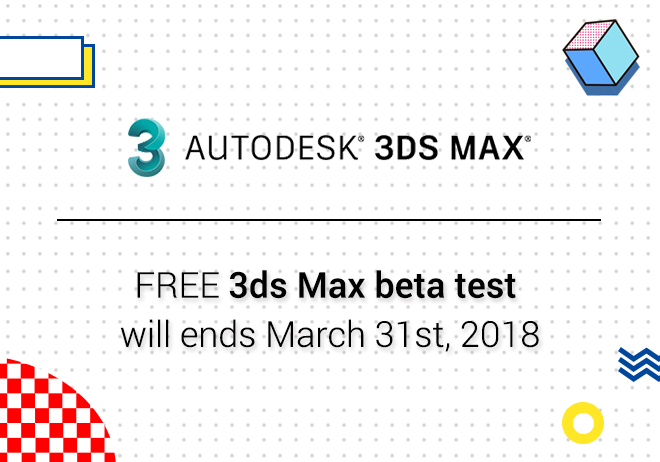
Renderwow
In most people's eyes, it may feel that the effect of "unbiased" will be better, the effect of "biased" will be somewhat worse, such an idea may not seem to be a problem, it may also lead you to some misunderstanding.
From the perspective of renderer algorithm, the "unbiased" calculation will be more accurate and more stable, "biased" results may be biased, so when we actually use it, what is it like? Why is it "unbiased" or "biased"? Can't you get the desired effect? in order to better understand unbiased and biased, Let's go further into it.
What is unbiased?
The basic meaning of unbiased is that the accelerated algorithm or technique is not used in the rendering process. Every light is treated equally, there is no bias in any important area (important areas or nonimportant areas of the scene), therefore, it requires a lot of light calculation to get a clean result.
Theoretically, unbiased is an algorithm, in the same 3D scenario. We need to run the algorithm many times, and averaging the results, to get the final clean and correct rendering results that is needed. Many people think that progressive rendering itself is unbiased, in fact, it is not necessarily true. Of course, your ray tracing is faster. The more biased it is, the more powerful it is. Because, any renderer has more or less some biased settings, to optimize accelerated rendering.
Common mistakes?
The unbiased renderer is physically accurate. But, unbiased and biased are imprecise. BRDF (such as Blinn or GGX) material algorithm itself is a solution based on the real world, it's just how to achieve the difference between real physical effects faster. The global GI cache is biased, violent GI may also be biased. path tracking is unbiased, but after introducing some optimized acceleration settings, it will also be biased. Many renderers will encode partial settings to render, it is not disclosed to users, you don't know either.
The holes that caused the partial rendering.
How did you render the bias unbiased? Maybe you don't know yourself sometimes?
Some renderers will set you up, for example, V-Ray; Some renderers will hide many settings for you, for example, Corona; of course, we are not here to compare the renderer, let's learn about it, those settings will lead to unbiased influence.
Limiting the number of light bounces——Unbiased rendering does not limit the number of light bounces until it completely leaves or is absorbed.
Use caching ——This can interpolate complex ray tracing, for example. There are hundreds of reflective global lighting, a biased solution for caustics, accelerated rendering, allows more light to reflect and so on.
Adaptive sampling——there are more samples for important areas in the scene.
Suppression or elimination of caustic rays ——Because caustics are too slow.
Trim the intensity or threshold of certain light, etc. To reduce firefly-like glossy reflection of light, it will randomly capture bright light sources, reduce this kind of Firefly by trimming secondary light. These technologies can cause rendering bias, but you can reduce computation or speed up rendering, it's also good.
Unbiased or biased?
Using these skills, it doesn't always help you to render high-quality results, many people have the meaning of "unbiased" or "biased", it is awkward to understand itself. These two terms are analyzed from a technical perspective, it's about physical precision. The unbiased calculation has high accuracy, but it doesn't mean that you can render high-quality results. The biased calculation is somewhat imprecise, but it can also achieve high-quality results. Unbiased rendering in order to calculate higher accuracy, at the expense of speed, of course, therefore, biased settings will be introduced to speed up rendering.
So, if you feel "no preference, no bias", this understanding itself is problematic. In addition, entanglement is fast and slow, or the renderer is better, on these issues, it is meaningless in itself.
Unbiased or biased, only the algorithms or methods used in achieving the final effect are different, unbiased and more stable, biased speed is faster, each one has his good points, but render the result, or based on your understanding and mastery of rendering, it is not the problem of the renderer itself, any renderer can achieve real results, but the renderer can't guess your idea, in short, there is no strongest renderer, only the most powerful people.